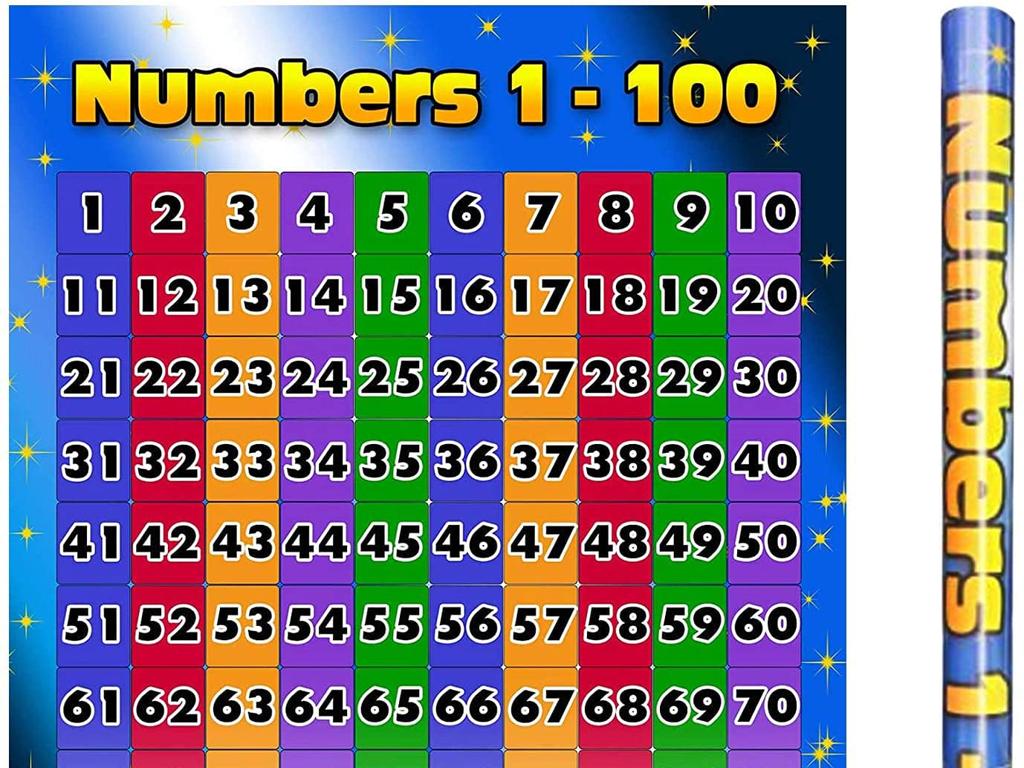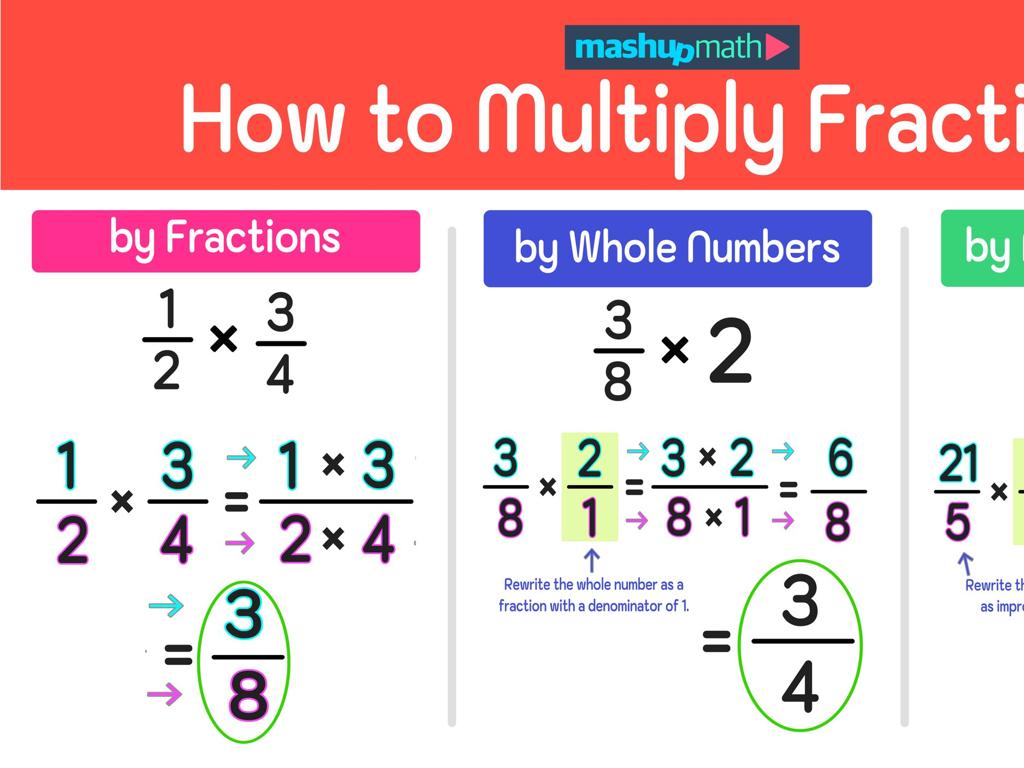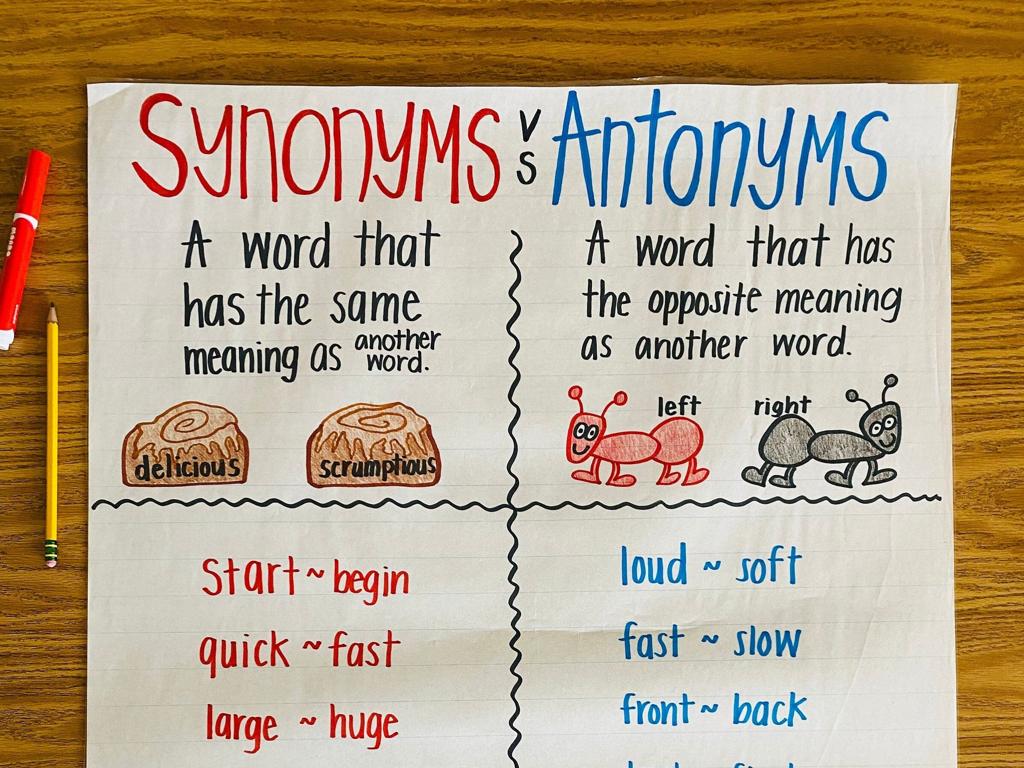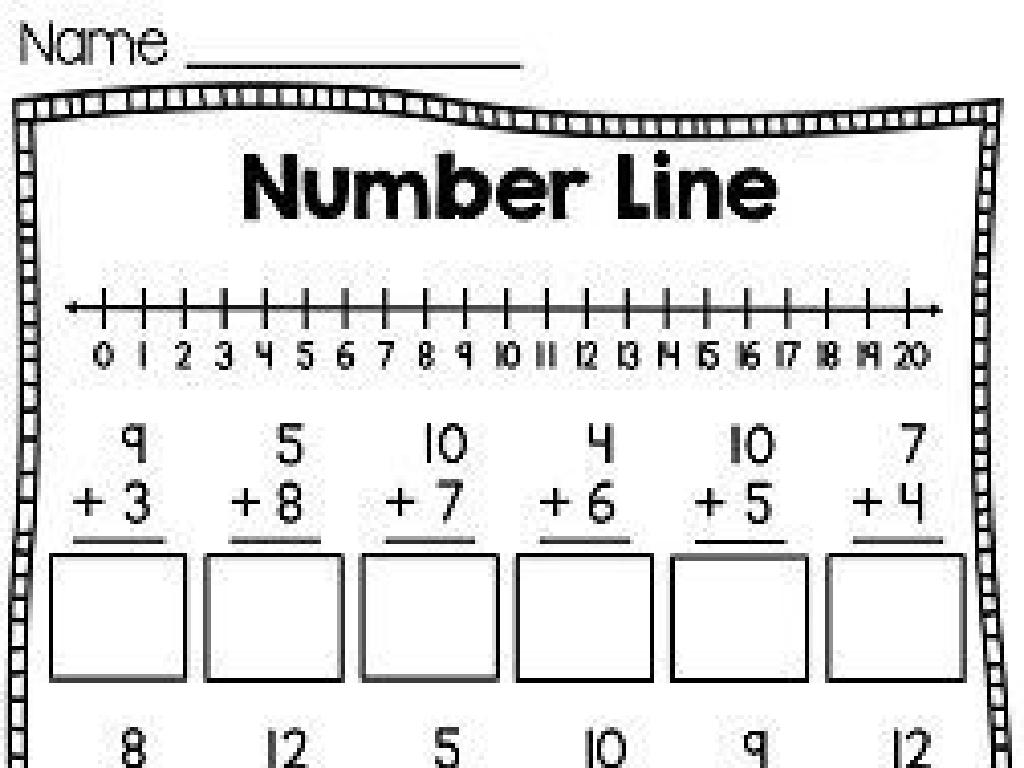Multiply Using The Distributive Property
Subject: Math
Grade: Eighth grade
Topic: Equivalent Expressions
Please LOG IN to download the presentation. Access is available to registered users only.
View More Content
Understanding the Distributive Property
– Define the distributive property
– Multiply a sum by multiplying each addend separately and then add the products.
– Simplifying expressions using distribution
– Turn complex expressions into simpler ones by distributing multiplication over addition.
– Real-life distributive property examples
– Calculate discounts, split a bill, or determine area in real scenarios.
– Practice problems
|
The distributive property is a cornerstone of algebra that allows us to multiply a sum by multiplying each addend separately and then add the products. This slide aims to introduce the concept and show how it can be used to simplify mathematical expressions. Provide real-life examples where this property is applied, such as calculating discounts or splitting a bill among friends, to make the concept more relatable. Conclude with practice problems to reinforce the students’ understanding and application of the distributive property.
Understanding the Distributive Property
– Define distributive property
– It allows us to multiply a sum by multiplying each addend separately and then add the products.
– The distributive formula
– For example, 3(4 + 5) = 3*4 + 3*5
– ‘Distributive’ reasoning
– The term ‘distributive’ comes from how multiplication is ‘distributed’ over addition.
– Practical applications
|
The distributive property is a cornerstone of algebra that lets us simplify expressions and solve equations efficiently. It states that multiplying a number by a sum is the same as doing each multiplication separately and then adding the results. This property is ‘distributive’ because the multiplication is distributed across the addition within the parentheses. Understanding this concept is crucial for students as it applies to numerous areas in mathematics, including expanding expressions and solving equations. Encourage students to practice this property with different numerical and algebraic expressions to gain fluency in its application.
Visualizing the Distributive Property
– Demonstrate with algebra tiles
– Use tiles to represent ‘a(b + c)’ visually
– Break down expressions
– Show how ‘a(b + c)’ splits into ‘ab’ and ‘ac’
– Visual example: 3(x + 4)
– Illustrate with tiles: 3 groups of (x + 4)
– Simplify to 3x + 12
– Combine like terms to show equivalence
|
This slide aims to help students visualize the distributive property using algebra tiles, making abstract algebraic concepts more concrete. Begin by demonstrating how to represent the expression ‘a(b + c)’ with algebra tiles, showing the physical grouping of tiles. Then, guide students through the process of breaking down the expression into smaller, more manageable parts. Use a specific visual example, such as ‘3(x + 4)’, and display how it distributes to ‘3x + 12’ using the tiles. Encourage students to simplify the expression by combining like terms, reinforcing the concept that the distributive property allows us to write equivalent expressions in a more simplified form. This hands-on approach will help students grasp the distributive property’s practical application.
Applying the Distributive Property
– Steps for distributive multiplication
– Distribute by multiplying the number outside the parenthesis with each term inside.
– Example: 2(3x + 5) = 6x + 10
– Multiply 2 with 3x to get 6x, and 2 with 5 to get 10.
– Check work using reverse operations
– Use factoring to verify the original expression equals the expanded form.
|
This slide is focused on teaching students how to apply the distributive property to multiply expressions. Start by explaining the steps: multiply each term inside the parentheses by the number outside. Use the example 2(3x + 5) to illustrate this, showing that 2 times 3x is 6x and 2 times 5 is 10, resulting in the expression 6x + 10. Emphasize the importance of checking work by using reverse operations, such as factoring, to ensure the expanded expression is equivalent to the original. Encourage students to practice with additional examples and to always verify their answers.
Distributive Property Practice
– Solve 4(y + 7)
– Multiply 4 with both y and 7 separately
– Calculate 5(2x – 3) + x
– Distribute 5 to 2x and -3, then add x
– Expand (x + 6)(x – 2)
– Multiply each term in the first parenthesis by each term in the second
|
This slide presents practice problems to help students apply the distributive property to solve algebraic expressions. For the first problem, students should multiply 4 with both y and 7, resulting in 4y + 28. In the second problem, they need to distribute 5 to both 2x and -3, which gives 10x – 15, and then add x, resulting in 11x – 15. The third problem requires expanding the binomials, which involves multiplying each term in the first parenthesis by each term in the second, leading to x^2 – 2x + 6x – 12. Encourage students to show each step of their work and to check their answers by simplifying the expressions. Provide guidance on how to approach each problem and ensure they understand the process of distribution before attempting to solve the problems.
Applying the Distributive Property: Challenging Examples
– Distribute: 3a(4a + 5) – 2a
– First, multiply 3a with each term inside the parentheses, then subtract 2a.
– Apply property twice: 2x(3x + 4) + 3(2x + 5)
– Multiply 2x with (3x + 4), then 3 with (2x + 5), and add the results.
– Combine like terms in expressions
– After distribution, group and add terms with the same variable.
– Follow order of operations
– PEMDAS: Parentheses, Exponents, Multiplication/Division, Addition/Subtraction.
|
This slide presents more complex examples to solidify students’ understanding of the distributive property and combining like terms. Start by demonstrating the distribution of 3a across the terms in the parentheses, followed by the subtraction of 2a. Emphasize the need to apply the distributive property twice in the second example, once for each term in the expression. Highlight the importance of combining like terms to simplify the expressions. Finally, discuss the critical role of the order of operations (PEMDAS) in correctly solving these problems. Encourage students to practice these steps with similar problems to gain confidence.
Class Activity: Exploring the Distributive Property
– Pair up and create 3 problems
– Use the distributive property to solve
– For example, express 5(2 + 3) as 5*2 + 5*3
– Swap problems with another pair
– Discuss various solving strategies
|
This activity is designed to encourage collaborative learning and to deepen students’ understanding of the distributive property. By creating their own problems, students engage with the material actively and creatively. When they exchange problems, they are exposed to different ways of thinking and problem-solving, which can broaden their understanding of the concept. During the class discussion, highlight the importance of the distributive property in simplifying expressions and solving equations. Encourage students to explain their thought process and the strategies they used to solve the problems. This will not only help them articulate their understanding but also provide an opportunity for peer learning.
Review and Reflect: Distributive Property
– Recap distributive property
– Distributive property: a(b + c) = ab + ac
– Future applications in math
– Essential for algebra, solving equations
– Open floor for questions
– Encourage curiosity and understanding
– Questions help deepen understanding
|
This slide aims to consolidate the students’ understanding of the distributive property by reviewing its key points. Emphasize that the distributive property allows us to multiply a number by a sum or difference inside parentheses by distributing the multiplication to each term. Highlight how this property is foundational for future math topics, including algebra and solving complex equations. Encourage students to ask questions or seek clarifications on any aspect of the distributive property they may find challenging. This is an opportunity to address any misconceptions and to ensure a solid grasp of the concept before moving on to more advanced material. Foster an environment where curiosity is welcomed, and understanding is the goal.
Homework: Mastering the Distributive Property
– Complete the distributive property worksheet
– Create your own complex expression
– Combine numbers and variables in a challenging way
– Simplify your complex expression
– Use the distributive property to simplify the expression you created
– Study for the quiz on equivalent expressions
|
This homework assignment is designed to reinforce students’ understanding of the distributive property as a method to simplify expressions. The provided worksheet will have a variety of problems to practice distribution across addition and subtraction. Encourage students to challenge themselves by creating a complex expression that includes both numbers and variables. They should then apply the distributive property to simplify their expression. Remind students that understanding the distributive property is crucial for their upcoming quiz on equivalent expressions. Provide tips on how to study for the quiz, such as reviewing class notes, reworking class examples, and ensuring they can explain the process of distribution in their own words.





